Lavish surroundings and a gorgeous golden interior await us in the recently reopened Opera House. The whole building has been revived and upon entering, you feel like you're going back the majestic period of the Austro-Hungarian Empire. This is the time of Crown Prince Rudolf and the flawless Opera, originally commissioned by Franz Joseph himself, provides the perfect setting. Finding our seats easily, we had just settled in comfortably when the show started.
Sir Kenneth MacMillan paid careful attention to detail, so he used a scenario already written by Gillian Freeman,
who had thoroughly researched the Austro-Hungarian royal court. Very little is actually known, in fact, about the incident at Mayerling.
Upon the advice of accomplished British conductor, John Lanchbery, MacMillan decided on Franz Liszt’s cathartic music
to accompany his ballet. The Hungarian composer had his own personal ties to the story, having written easy piano pieces for the Empress Elisabeth, Rudolf's mother, to practise.
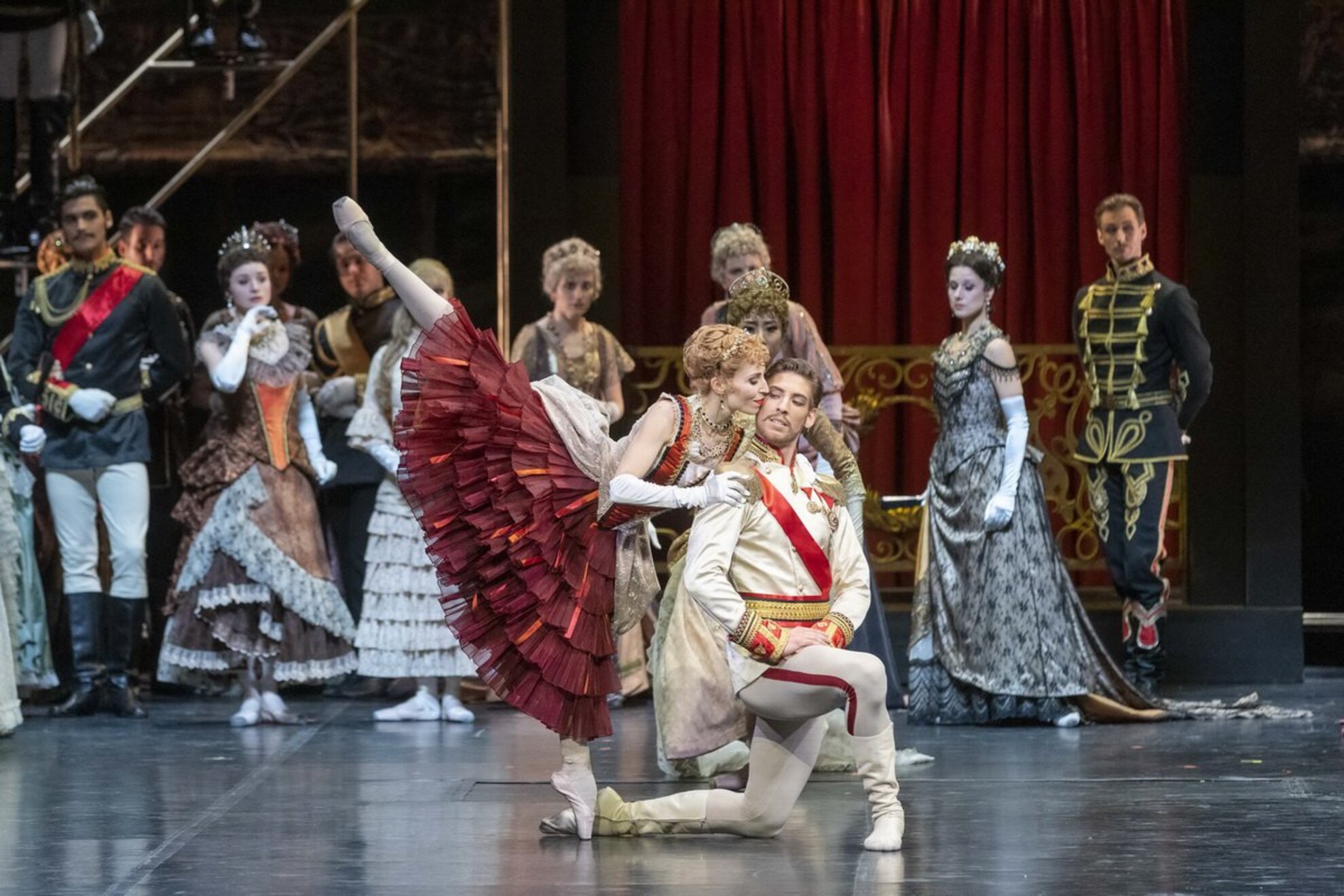
The story starts with an anticipated burial scene at night, where a coffin hides a yet
unknown body near Mayerling in the cemetery of Heiligenkreuz, Austria. Then the plot rewinds to the royal wedding of Crown Prince Rudolf to Belgian Princess
Stéphanie. He is forced into this marriage for imperial prospects and during the reception, he rebelliously embarrasses his new bride by dancing a
flirty pas de deux with her sister.
After this scandalous dance, Rudolf
meets his previous lover, Countess Larisch, who introduces him to Baroness
Vetsera and her youngest daughter, Marie Vetsera. Then the scene
ends with another sensual pas de deux with Rudolf and his former lover,
interrupted by Franz Joseph, urging Rudolf back to his conjugal duty with his
new bride.
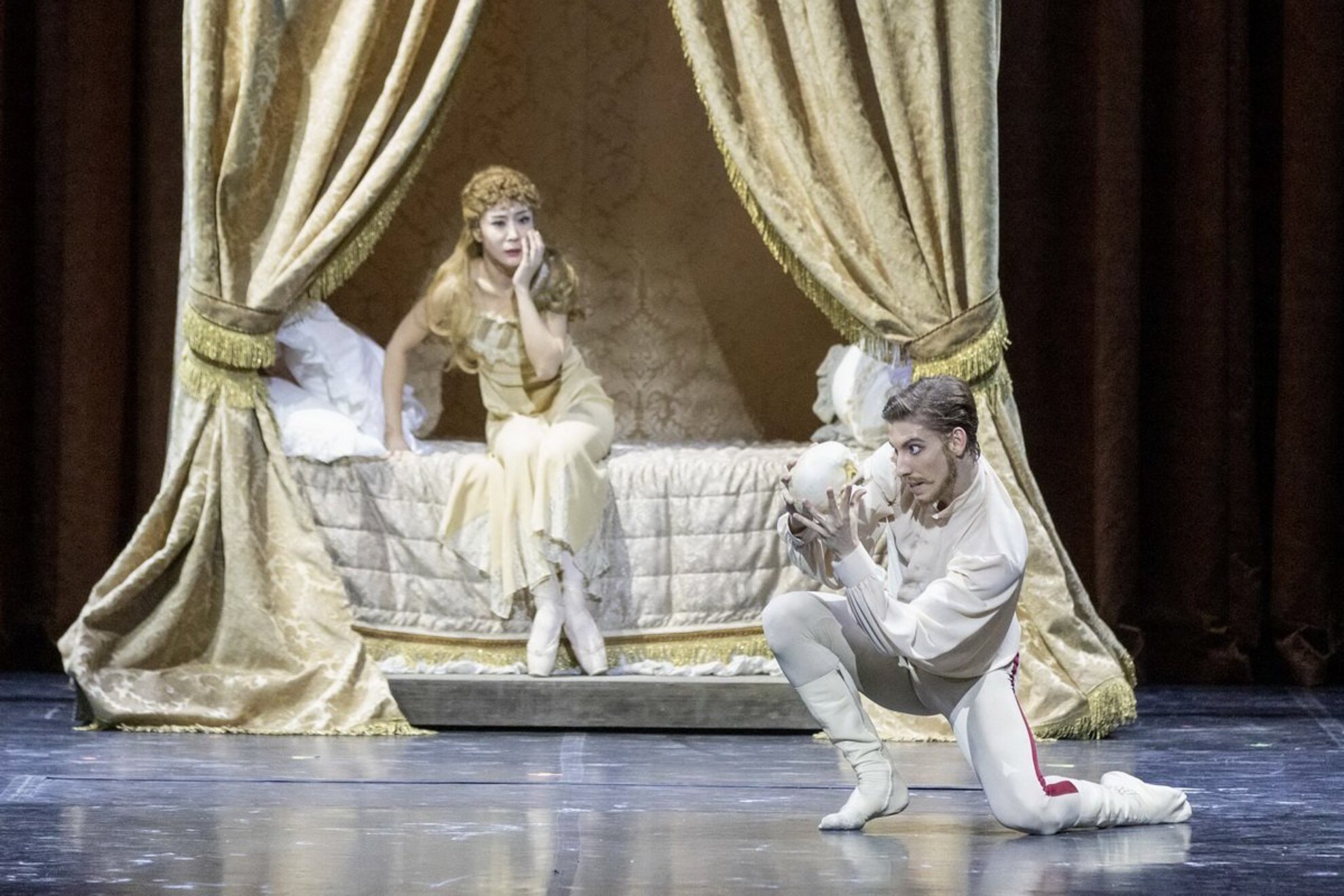
Act I also features Rudolf’s desperate visit to Empress Elisabeth of Austria and Hungary, longing for the affection which she cannot provide. Afterwards, the outraged Prince reaches Stéphanie's bridal chamber but, instead of consummating the marriage, he takes out his pain on his wife, threatening her with a revolver and a skull before he forces himself upon her.
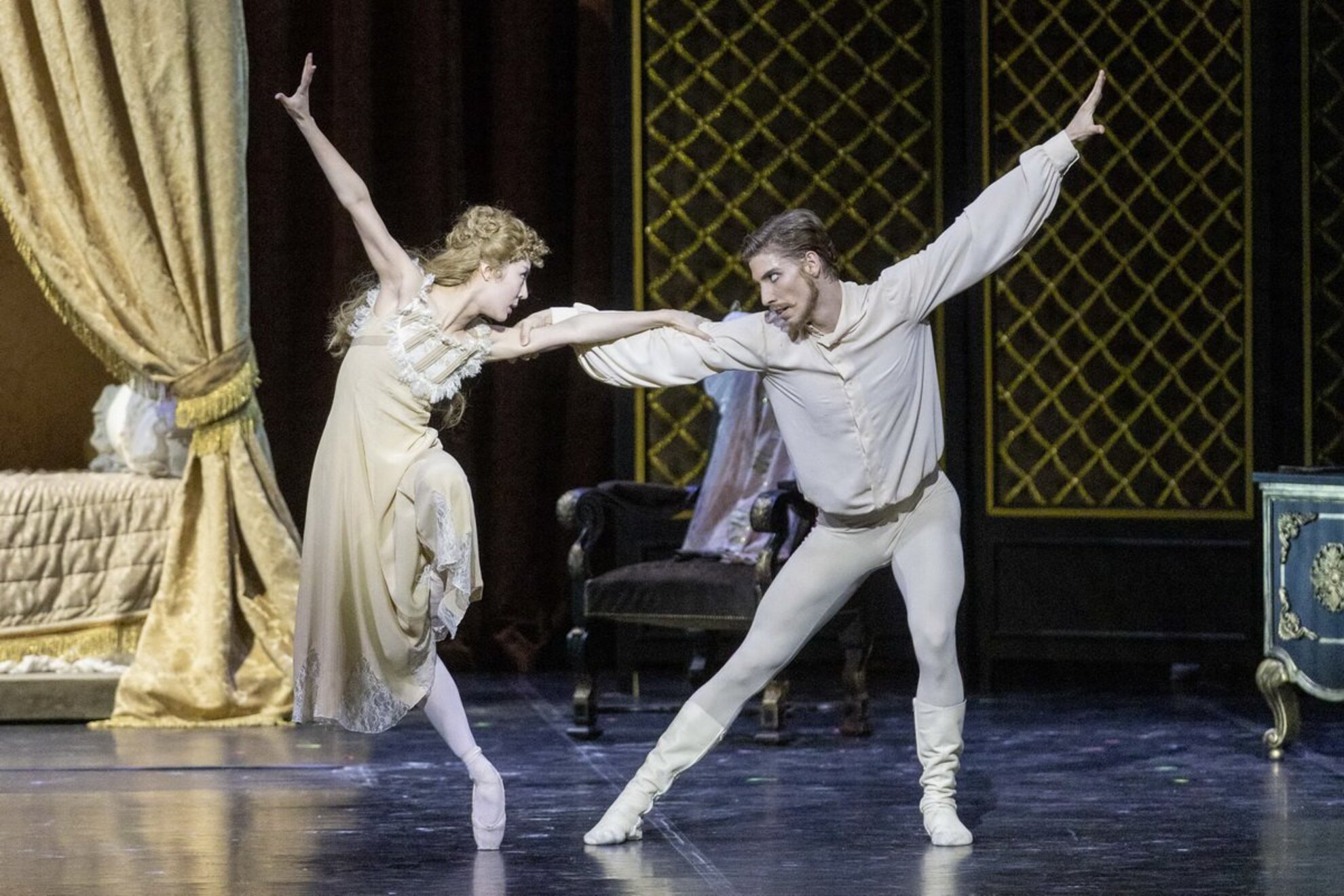
The costume design beautifully captures the dresses worn by Elisabeth, still revered in Hungary as Sissi, and the fashion of that era. Uniforms and royal attire will have been made following the traditional patterns at the recently revamped Opera Set Design Centre, the Eiffel Workshop.
Act I is followed by a 15-minute break, and the audience at the fully packed Opera House rush out to the gorgeous balconies or one of the elegant bars found on each floor.
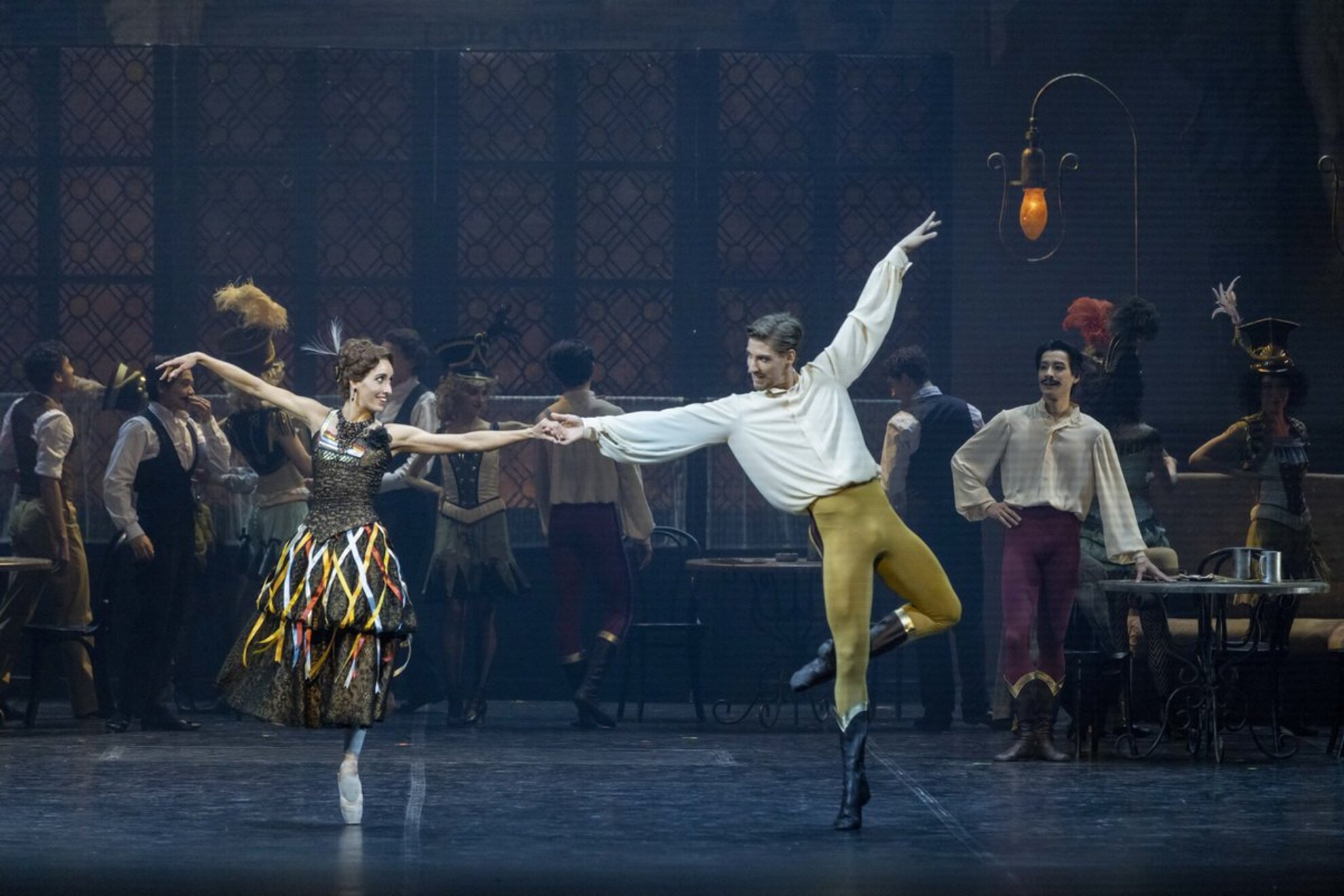
A bohemian, sensual scene marks the start of Act II, where a disguised Rudolf and Stéphanie arrive at a pub full of prostitutes, his dubious habits and desperate search for love well portrayed on stage. Gergő Ármin Balázsi, male soloist at the Hungarian National Ballet, brings to life an especially strong character, both in terms of acting and dancing. His presentation convinces the audience of Rudolf's confused mental state – and his extraordinary ballet technique speaks for itself.
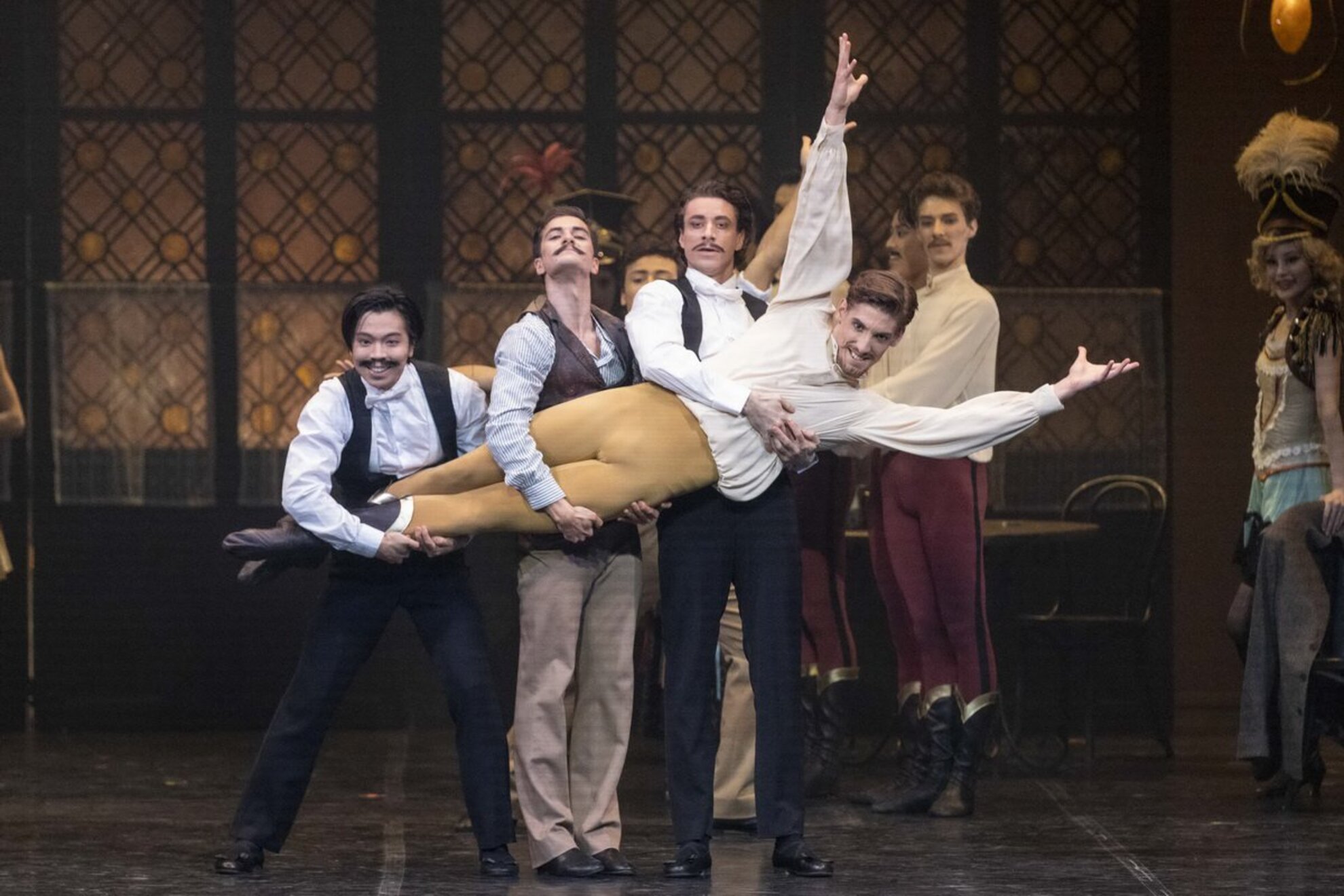
The Prince then meets Countess Larisch, who again presents him with Marie Vetsera, now slightly older. The teenage Marie is in love with Rudolf and wants to be his, so Countess Larisch offers to carry her letter to the Prince. Next, we see a royal birthday ball at the Hofburg Palace organised for the Emperor.
The celebration is full of fake courtesies and scandals as Empress Elisabeth gives her husband a picture of the Emperor’s lover in public as a birthday gift. Then she engages in her own romantic pas de deux with her lover, Colonel 'Bay' Middleton. Rudolf feels outraged but is then cheered by Marie’s letter.
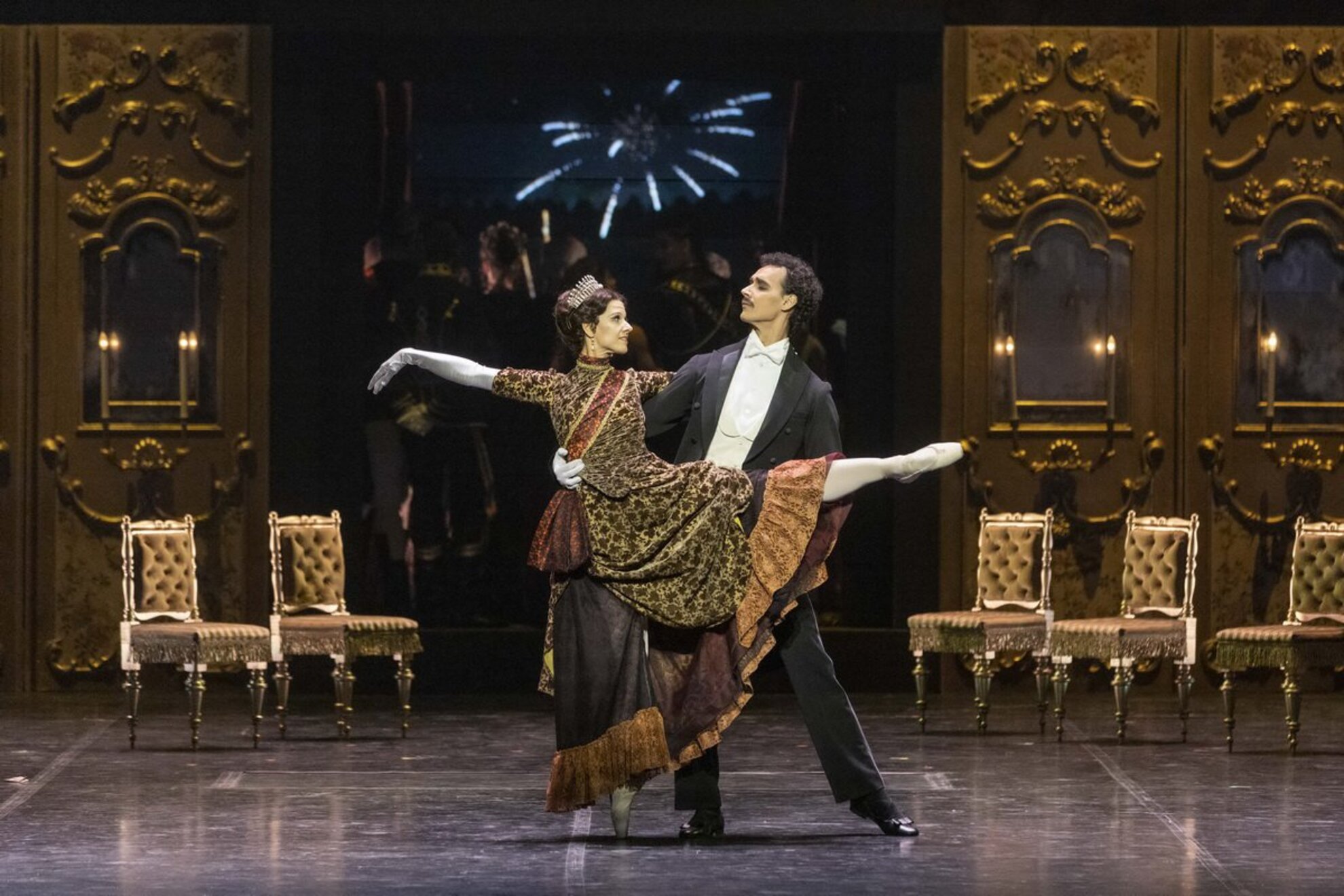
Act II ends with Marie and Rudolf’s first night together. The romantic tension between them showcases the dancers' acting skills. Marie Vetsera is played by Lili Felméry, the award-winning female soloist at the Hungarian National Ballet, married in real life to Gergő Balázsi (Rudolf) – and their dynamic as a couple shines through their characters as well.
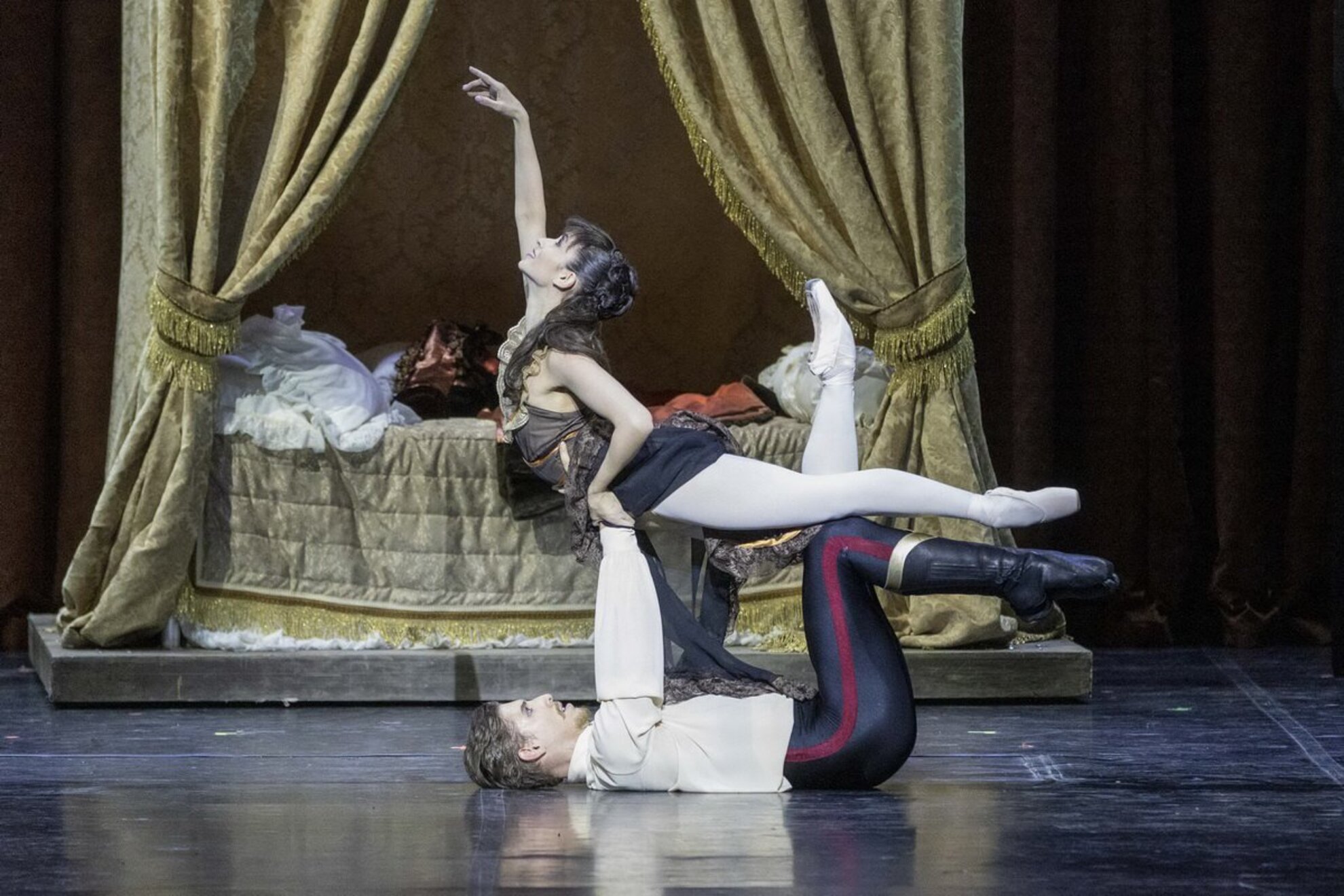
Act III brings us to Mayerling in the year of 1889. MacMillan opens each act with a crowd scene to depict the society of his time, then narrows it down to their own personal issues. The royal family is out hunting when Rudolf clumsily fires his rifle and kills a bystander, almost injuring the Emperor as well.
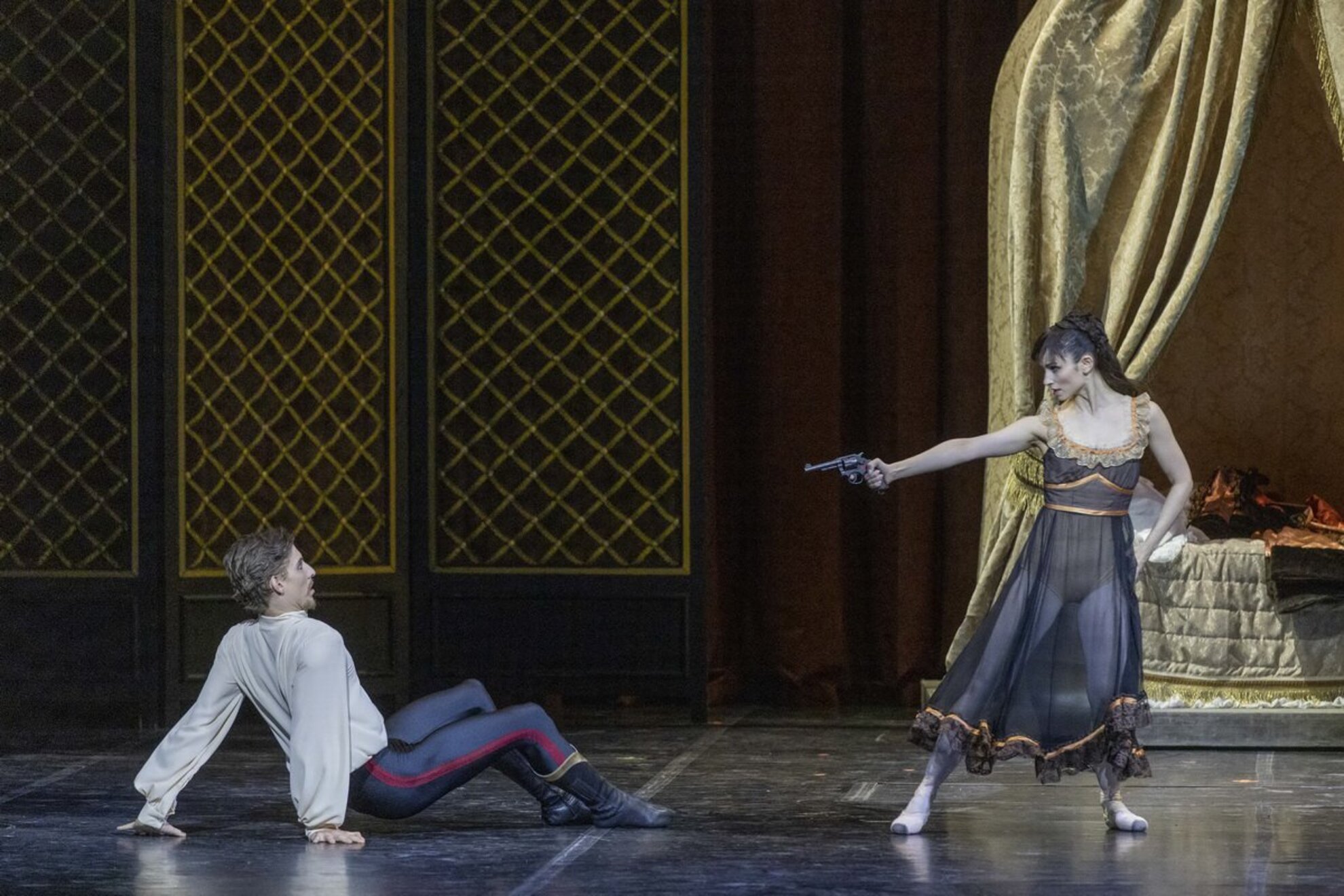
The final scene takes place at the hunting
lodge, where Rudolf impatiently awaits Marie, having agreed on a suicide pact. When she comes, a distressed Rudolf, intoxicated by alcohol and morphine, dances a wild, sexual pas de deux with her. He embraces her one last time, then shoots her.
Upon hearing the shot, Rudolf’s friends rush in but he chases them away and, alone, he shoots himself.
The very last image on stage brings back the burial scene of the introduction. We now see that the body
in the coffin is Marie Vetsera’s.
The premiere of Sir Kenneth MacMillan’s ballet took place on Valentine’s Day, 1978, earning a prolonged standing ovation. Then in 1992, as inappropriate as it may seem, Sir Kenneth died of a heart attack while backstage at a revival performance of Mayerling. The audience duly bowed their heads and left the arena in silence.
For this first ever production in Budapest, the
Hungarian National Ballet well deserved their standing ovations.
If you miss the last performance of this current run on Saturday, 2 April, you still have the chance to see it, as it will be staged again in
the autumn season.
Event information
Mayerling
Opera House
1061 Budapest, Andrássy út 22
Saturday, 2 April, 7pm
Tickets here




